Open-Source design guide for a low-cost, long-running aquatic stereo camera
13 December 2023 5:47pm
28 December 2023 8:54pm
Thank you for sharing! Super interesting, as we don't see many underwater stereo cameras! We also use Blue Robotics components in our projects and have found them reliable and easy to work with.
Anti-poaching poison detection sensor for temic & karbadust (carbamate)
28 December 2023 2:52pm
AI to operate Wildlife Passage Gates
11 December 2023 4:17pm
22 December 2023 2:02pm
In this case, I would use BLE proximity - enough and accurate range, low cost, long battery life, no false positives - KISS ;)
22 December 2023 2:25pm
Aaah, this article suggests that RFID can be used for much greater distances so looks like RFID still remains the best choice.

WildWID: An open‐source active RFID system for wildlife research
<em>Methods in Ecology and Evolution</em> is an open access journal publishing papers across a wide range of subdisciplines, disseminating new methods in ecology and evolution.
22 December 2023 4:20pm
BTW. I found out that the Jetson Orin NX 16GB module is drawing around 20W when running continuous inference, processing streams from 6x cameras at 6 fps.
I'll try and find out what you can do with a Pi 5 and a smaller model over Christmas.
Foraging behavior of the Vulnerable Somali Ostrich in Northern Kenya
22 December 2023 9:05am
22 December 2023 11:17am
Apply to Beta test Instant Detect 2.0
11 May 2023 10:55am
21 December 2023 3:48am
Will you accept personal/hobbyist focused on conservation on their small plots of land (10-100 acres)?
I would, and know others, who would happily pay more than the official conservationists rate for the service, which could help to further subsidize the project. (Referring to your statement here: https://wildlabs.net/discussion/instant-detect-20-and-related-cost)
Mesh camera trap network?
9 April 2017 1:29pm
8 November 2021 1:05pm
Hi Sam,
Impressive! Any chance the LoRa code is open source? I should like to take a gander.
Thanks
21 December 2023 3:41am
How's the project going? Plans to open-source and share more about it?
The website mentions it's in alpha stage, going into beta.
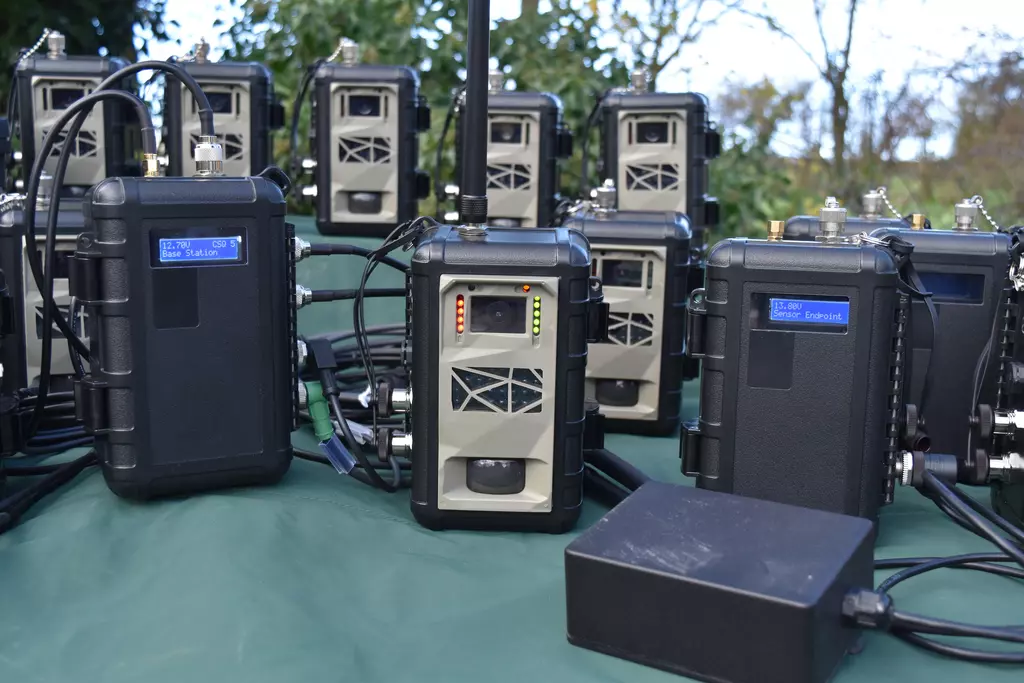
21 December 2023 3:42am
Oh I see recent threads on the topic. Sharing here to link people over.

Apply to Beta test Instant Detect 2.0 | WILDLABS
Hi WildLabs,ZSL is looking for Beta testers for Instant Detect 2.0. If you are a conservationist, scientist or wildlife ranger with experience working with innovative technology and you think that a camera trap that can send images, alerts and 'health' information in near real-time from anywhere in the world would be useful, please apply to be a Beta tester of the Instant Detect 2.0 system at the new Instant Detect 2.0 website: https://instantdetect.co.uk/contact-us/Applicants will be shortlisted in June with Beta test systems ready to ship immediately to those selected. Best wishes,Sam Seccombe

Instant Detect 2.0 and related cost | WILDLABS
I am doing a research project on rhino poaching at Kruger National Park. I was impressed with the idea of Instant Detect 2.0. I do not know the cost involved with installing that and tried to reach out but in vein. If the cost cannot be defined, I cannot move forward with the idea. Does anyone have any information ?
Semi-automated prediction of behavioral states in wild understudied King vultures (Sarcoramphus papa)
20 December 2023 1:34pm
For the current e-obs newsletter, Chris Beirne and I have summarized our previous work on the annotation of King vultures in Costa Rica.
Hydromoth for coastal & offshore surveying
16 November 2023 7:36am
18 November 2023 1:47am
Hi Sol,
I think your concern is well placed. The pros typically tow an array of hydrophones, in its simpler configuration it looks like a long fat rubber hose containing maybe a dozen transducers feeding their electrical signals to a recording unit back on the ship. All this is done to reduce noise from the ship, from waves crashing, and flow noise. The multiple transducers can also be electronically tuned to be directional so that it can be "pointed" away from a noise source (like the ship).
In your position, I would just try the simplest thing that could work, then fix the problems as they arise. It could be you may need to be dead in the water while recording. To address surface noise (slapping waves, wind), you could mount the hydromoth low down on a spar buoy, which you tow into position.
Best of luck, it sounds like an interesting project (c:
19 December 2023 2:20pm
Hydromoths are great for the price but they do not have the most streamlined housing and audio quality won't be as good as something like a SoundTrap or really any recorder with a proper hydrophone and 16-bit +DAQ system.
If you can afford it, this is an excellent SoundTrap based towed autonomous system NOAA have been using. It might work towed behind an autonomous vehicle
Alternatively, if you can have something inside the vehicle, a simple tape recorder (e.g. Tascam DR40X) and hydrophone on cable will provide excellent sound quality. You could also use something like a Raspberry Pi with audio focussed ADC hat to record but that would require a bit more programming. Even consider a standard AudioMoth and plug a proper hydrophone into the audio jack - this would still have a 12-bit ADC but would provide better sound quality than a hydromoth (hydrophones are more omnidirectional and there's no air filled causing reflections and attenuation)
20 December 2023 6:57am
If you are considering an external microphone and a towed system, then you would also be in a position to consider a raspberry pi with an external microphone with sbts-aru. Another option:
Seeking Host Organisations for Travel Scholarship Application
19 December 2023 12:54am
20 December 2023 3:07am
Hi Eva,
Me and my colleagues run a small NGO based on Yogyakarta in Indonesia, although our projects are spread around the country. One of our active project is working with the movement ecology of Sunda gharials in Berbak-Sembilang National Park. One of the other is for Malayan Giant Turtle conservation using one-plan approach, which we are planning to start in situ phase. We can't give you promise about anything, but are able to be the host organization and would love to talk the opportunity!
Cheers,
Dhanu
Subsea DIY Burnwire for Deep-sea BRUVS
6 December 2023 3:49am
11 December 2023 10:21am
Yeah from memory we found it difficult to get the relatively high voltage (~50VDC) and current (can't remember) in a small package, but we had almost no experience back then and gave up fairly quickly. We also found it difficult to get much help from the company if I remember correctly...
so is the problem with the nichrome waterproofing everything? I picture something like coating the nichrome in high temp grease (especially where it's in contact with the nylon line and the line itself) and encapsulating the entire thing in a semi-flexible silicone (so the line can slip out after detechment) with something buoyant to help pull it towards the surface maybe? Speaking of, how are tags being recovered (i.e. do they need to pop to the surface)?
15 December 2023 4:17pm
Hi Titus,
We've used this design/procedure for many years with our Deep Sea Camera systems, with good reliability. Not OTS but not hard to make and most of the materials come out to be inexpensive per unit. The most expensive item is the M101 connector ($25ea), but if you get them with extra length on the cable, you can essentially cut it off at the point where it joins the burn-loop and reuse that connector until it gets too short. You'd also need an F101 connector integrated with your BRUV, this connecting with the burnwire and forming the the positive side of the circuit, and a ground - our ground connection goes to a large bolt on the frame near the burnwire loop - but that connector generally shouldn't need replacement unless it gets damaged.
These burnwires generally break in 3-7min, burning at about 1Amp, ~14.5V. A thinner version of the coated wire could go faster or with less power required.
We do also employ galvanic releases as backups. I really like redundancy on recovery mechanisms! The ones we use are made by International Fishing Devices, Inc. Various distributors sell certain models of their products (i.e. different time durations) but if you contact them directly, they can also make custom duration ones for you.
19 December 2023 4:47pm
Hi Titus,
I've used latching solenoids as a release in a fresh water application. The product linked to is the one I have used, but has been discontinued (it's been quite a while). Anyway these little devices hold a plunger in place with a permanent magnet, but release the plunger when a coil is energised that counters the magnet. The holding force is not great, but more than enough to keep the safety on a mechanical trigger. The whole device can be potted and sealed (ideally under vacuum to eliminate voids). When pushing the plunger in to arm the solenoid, there is a definite click when the magnet kicks in, to confirm the locked state.
A similar device is the electropermanent magnet, which doesn't have a plunger, in fact it has no moving parts. You provide the steel piece that that this device will release when energised, as with a latching solenoid. It generally has greater holding force than a latching solenoid. I've used these in a seawater application. It's worth noting that there exist ferromagnetic stainless steels that can be used here to avoid corrosion.
Thanks,
-harold
WILDLABS Colorado Conservation Tech Meetup
19 December 2023 12:04am
New Raspberry Pi Sound Localizing ARU is now fully released and ready for use
7 October 2023 2:10pm
18 December 2023 3:42pm
Hi @chrisgnicholas ! AudioMoth has a pipeline for exactly that:
Cheers,
Lars
Application-Notes/Using_the_AudioMoth_GPS_Board/Using_the_AudioMoth_GPS_Board.pdf at master · OpenAcousticDevices/Application-Notes
Papers relating to work carried out by Open Acoustic Devices. - OpenAcousticDevices/Application-Notes
 GitHub
GitHub
18 December 2023 7:06pm
Very cool, real-time audio pattern matching is exactly what I meant! I'd love to hear updates as it goes.
18 December 2023 7:29pm
When I designed the recorder. I chose it to use jackd2 instead of pulse audio or direct alsa access because unless I was mistaken it could support multiple consumers of the sound source and the other approaches not.
Originally its purpose was part of my security system so it records as well as being able to connect and listen live. That’s simply a case of also installing icecast2 and darkice onto the same system. Then I discovered bio-acoustics and pivoted and then discovered wildlabs 😀
In principle you could both those things as well as real time audio pattern matching no problem.
WILDLABS Platform Updates
31 May 2022 9:20am
13 January 2023 3:16pm
Hi everyone!
Happy 2023 and a slightly unusual bug fix to mark the first WILDLABS Platform update post of the year.
Our emoji / reaction system broke due to the library it relies on, Twitter's Twemoji, going down (for reasons discussed in the tweet link below). We have had to fall back to native browser emoji while a replacement / mirror of these is slotted in. This may mean emoji display slightly differently for you in the picker, more resembling your current device / browser.
Thank you to @Alasdair for sending me the below tweet which helped work out what was wrong:
If you use Twemoji for anything, it stopped working this morning with the deprecation of MaxCDN.
— Mike Coutermarsh (@mscccc) January 9, 2023
Twitter engineers had been working on a transition plan, but were laid off before it happened. Quite the thread!https://t.co/FiKF3gkpfu
13 December 2023 11:15pm
Hi everyone!
It's been a very busy year of development on the WILDLABS Platform but one with not many of these updates from me. This is mostly due to much of it being behind-the-scenes work that's hard to write about (I'll try below!), or huge, exciting projects and features that are launching in 2024. But I felt an update on some of the major changes we have implemented this year was due so here that is.
Before we go on to the main Platform, it's no longer a secret that we've been working with the WILDLABS Team on building The Inventory: a collaborative conservation technology wiki you'll soon see a lot of if you haven't already joined as a beta tester.
I thought, pretty sensibly given its scope, that the WILDLABS Platform itself was the most feature-full web project you could build, and then The Inventory came along and it's taken things to a whole other level. I'm so proud of what we've built for it and I'm so excited to see it launch and grow; with the entire sector benefiting from a place to find and collaborate on the tools needed to protect the world's life.
I'm looking forward to writing more about The Inventory next year, but there's a great overview of it and how you can get involved by the WILDLABS Team over at https://wildlabs.net/discussion/introducing-inventory-rise-conservation-tech-wiki
We've also got another major WILDLABS Platform feature launching very soon that will have a big impact on the community and its members' contributions. And it's fun. But more of that another time... 🦡
Onto those core platform updates:
Performance
With thousands of database queries, media and more pulled into every part of the site, tuning performance on the WILDLABS Platform has been one of the hardest challenges. I was going to run through an example of just how much information there is aggregated on a page (group statistics, user info, bookmarks, reactions, comments...) but it's a lot and I gave up. So I'll instead just mention some of the things we've done to speed things up over the year.
- Images have been compressed and automatically resized to a far better level than before throughout the system to reduce loading times
- We've cut down the amount of pings back and forth to the server to check for notifications and other live updates (an amusing major change was only checking for these things if the browser tab was active which meant those 100 WILDLABS tab users among you are no longer tiring out the CPU!)
- We've moved our caching system (not making a database query twice if the data hasn't changed basically) to the Redis in memory database system (this had a big impact)
- We've put even more things into that cache so they aren't re-loaded unnecessarily
- We've moved our servers (this week, hence the scheduled maintenance) to some new infrastructure which allowed us to speed things up even further by allocating more memory.
If there's anything in particular that seems slow for you (especially if it's regularly slow), please let the WILDLABS Team know so we can know where to focus on making the next set of performance improvements.
Notifications
Email notifications were something that took a good three total rewrites and a lot of thought to get right. They have been one of the hardest things to work out the best approach and technical structure for but we've got there I hope, and I hope you've liked receiving them (or opted out if you don't want them).
The new activity email notification system works by a user profile setting (you can edit this yourself) of after how many days of inactivity (not visiting the Platform at all) you would like to be notified of what happened while you were away. This comes in the form of:
- Direct messages you've received
- Mentions
- Comments / replies on posts you've made
- Reactions to your content
If none of this happens you don't get an email, you only get an email about the same updates once, and if you visit the Platform yourself you clear any emails from sending. This cuts down the notifications feeling spammy and just lets you know about the direct interactions other members had with your profile since you were last here.
On-Platform notifications (the little bell) remain separate and unchanged.
Other improvements
Here are some of the other bits that we've done across the site since I last posted an update:
- Dozens of design and visual usability tweaks, especially on mobile, to make things more usable and readable. A big shout out to front end developer @valeria who moved on from Octophin this month for all her work on the Platform over the last few years.
- Embeds of external links should be faster and clearer now as we've built our own system off the back of the iframely embed service and cached them the first time they're loaded.
- We've tidied up some of the information collected on events and careers and made certain things required so that it's clearer what something is about and who it is for.
- Introductions / summaries are now compulsory on all content.
- The little hover popups on people's names are in more places across the site (not just mentions) and have more useful, clearer information in them.
- There are some new sort options in the members directory, including sorting a search by members' contributions to the community (also look out for some more tools to count your Platform contributions coming soon).
- We've rebuilt the list of a member's activity that shows up on their / your user profile into a paginated list that shows everything rather than only a handful of recent entries.
- We've rebuilt the sorting and filtering for the "global feed" and "my feed" to more accurately show what is going on on the site and in your groups. The "my feed" list especially should make much more sense now.
-----------
From me and the rest of the Octophin team, I hope you've had a wonderful 2023 on and off the WILDLABS Platform. As challenging as it often is, seeing the activity and collaborations on here every day makes it one of the most rewarding projects to work on.
Looking forward to a whole new set of improvements and features in 2024!
18 December 2023 2:24pm
It's been awesome and a honor to work on this platform!
Keep up the good work!
13th International Conference on Climate Informatics
18 December 2023 12:20pm
Which market-available microphones, accelerometers and GIS sensors for dogs / pets ?
7 September 2023 3:21pm
6 December 2023 2:03pm
good to know that GPS coordinates can be used to sync the time.
Does GPS resolution allow to a desired time resolution (e.g. seconds) ? Does choice of time resolution significantly depends on the physiology of the animal (e.g. time of re-action to stimuli, hence less than a second) or for most animal communication and animal behaviour is it enough above a second?
7 December 2023 7:03am
Hi Luigi!
It is not the coordinates but the information from the "pulse per second" from the GPS which is used for the time sync.
Have a look at
17 December 2023 3:02pm
I am not an acoustics person but train and deploy canines in the field. Are you looking for something that records sniff rate and patterns? For GPS I just use a Garmin collar system Altha 100. There is a Conservation Canine group that might be worth asking your question in.
Call for Interview Subjects: Conservation Bioacoustics Methods
14 December 2023 8:47pm
15 December 2023 12:19pm
Happy to help Samuel, will send a message
15 December 2023 3:46pm
I'd love to!
16 December 2023 9:43am
Thank you Stefan! Will follow up with your email shortly.
Grant for AI for biodiversity workshops (Latin America-Germany cooperations)
16 December 2023 6:27am
19 December 2023 2:55pm
Low-cost hydrophone - Invitation to tender
15 December 2023 9:28pm
Thermal cameras for monitoring visitors in highly vulnerable conservation areas
21 June 2022 3:44pm
22 September 2023 12:00pm
I would be interested how you setted up this system. Which model do yu use and how are they connected?
6 October 2023 12:27pm
We have the the FLIR FC series (FC 618) thermal cameras setup. with regards to the connection between the cameras and monitoring station, this through fiber cable and microwave radio links.
15 December 2023 8:09pm
Hi,
This is a really late answer but I was new to wildlabs then. I have a security appliance that uses state of the AI models and user defined polygon areas of interest that generates video alerts of intrusions in typically under a second.
Although its setup to install automatically on an NVidia AI on the edge boxes of your intentions were to monitor a great deal of cameras you could also install it on a desktop with a high end GPU for very high performance. At home I use a desktop with an rtx 2080ti and monitor around 15 cameras and a thermal imaging camera (old one).
I have also tested a high end model (yolov7) on a high end thermal imaging camera image and it works fine as well.
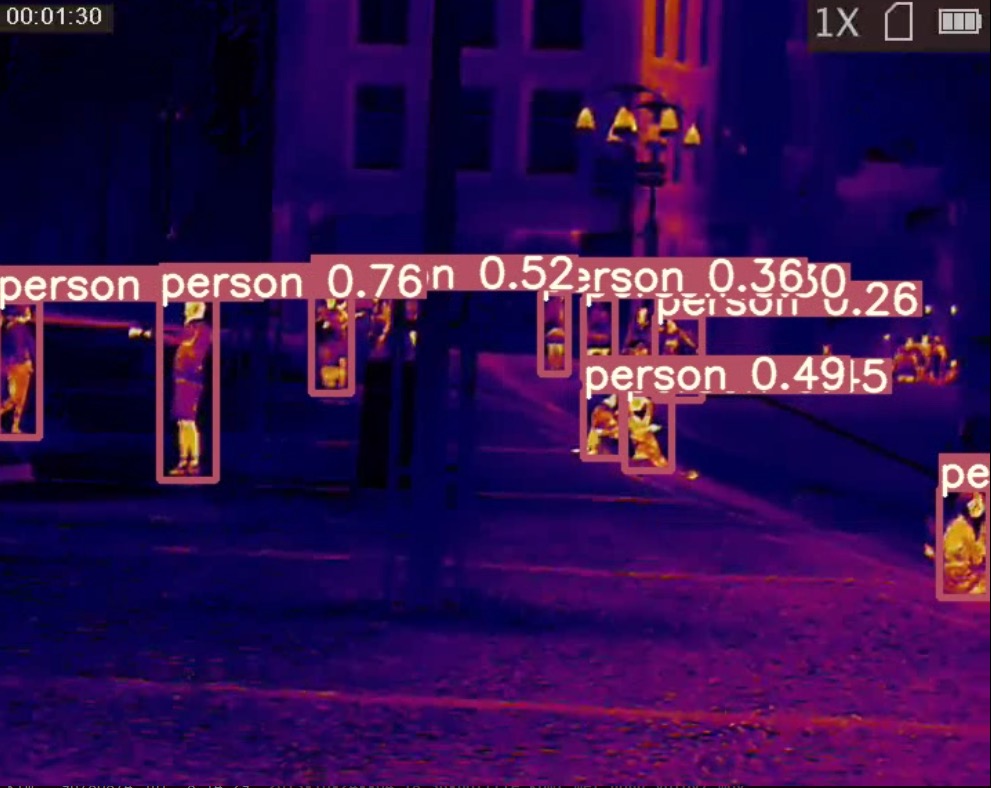
Thermal imaging cameras are hellishly expensive though and I’ve found that new extremely light sensitive cameras like the HIKvision colorvu series almost obsoletes them in terms of people detection at night at a fraction of the cost.
If you are interested I’d be happy to show you a demo in a video meeting sometime if you like. I’m pretty sure it would meeting all your intrusion detection and alerting needs.
My project page is
Video camera trap analysis help
21 November 2023 7:49am
14 December 2023 10:52am
Awesome! Will look into it.
14 December 2023 10:52am
Thanks so much, will look into it.
15 December 2023 4:48pm
Hi there!,
You should definitely check out VIAME, which includes a video annotation tool in addition to deep learning neural network training and deployment. It has a user friendly interface, has a publicly available server option that mitigates the need for GPU enabled computer for network training, and has an amazing support staff that help you with your questions. You can also download the VIAME software for local use. The tool was originally developed for marine life annotation, but can be used for any type of video or annotation (we are using it to annotate pollinators in video). Super easy to annotate as well. Worth checking out!
Cheers,
Liz Ferguson
In what ways can drones contribute to linking individuals, communities, and small-scale producers in rural areas, facilitating the support of local food value chains
15 December 2023 3:44pm
Sustainable land managment
15 December 2023 3:38pm
Geospatial data training and education for conservation
15 December 2023 3:20pm
Sharing our startup's webpage, featuring information about our services and products.
We are open for new partnership, collaboration R&D project in the field of GIS data analysis.
How polar bears and people are kept safe thanks to integrated video and radar system
15 December 2023 12:22pm
Milestones Systems and Polar Bear International present their test of bear-dar in Churchill in the this Youtube video:
https://www.youtube.com/watch?v=WiXAHYCA99M
Bear-dar: Updates from the Field
15 December 2023 11:58am
Polar Bear International chat about bear-dar and burr on fur in this video on Youtube
https://www.youtube.com/watch?v=AfL42Wqctkk
Update on SEE Shell App to identify illegal tortoiseshell products
14 December 2023 10:00pm
Master Project Collaboration/Ideas!
4 November 2023 10:37pm
4 November 2023 10:58pm
My email address: [email protected]
14 December 2023 9:35pm
Hi Zach,
Our organization (SEE Turtles) has a campaign working on the illegal tortoiseshell trade around the world called Too Rare To Wear. We are going to be updating our Global Tortoiseshell Report next year and one of the gaps we have in data is in China, where the illegal trade is now happening most frequently on platforms like WeChat.
We'd be interested in discussing with you if interested in how we might be able to gather some data on this trade in the country. I'm including a couple of links below about the program and the last report and will reach out by email.
-Brad
How to Choose a Biologger - Mapping Goat Movement with Annkathrin Sharp
14 December 2023 3:34pm
1 day left to apply - Satellites for Biodiversity Award Scheme
14 December 2023 2:41pm
Underwater camera trap for amphibian - Call for early users
13 December 2023 9:57pm
Hi!
CAMPHIBIAN project develops an underwater camera trap for amphibian. The interest has been proven on newts and grass snake in NW Europe. We are looking for early users worldwide, diversify target species and habitat types.
See link for more info, thanks for sharing!
Xavier






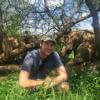




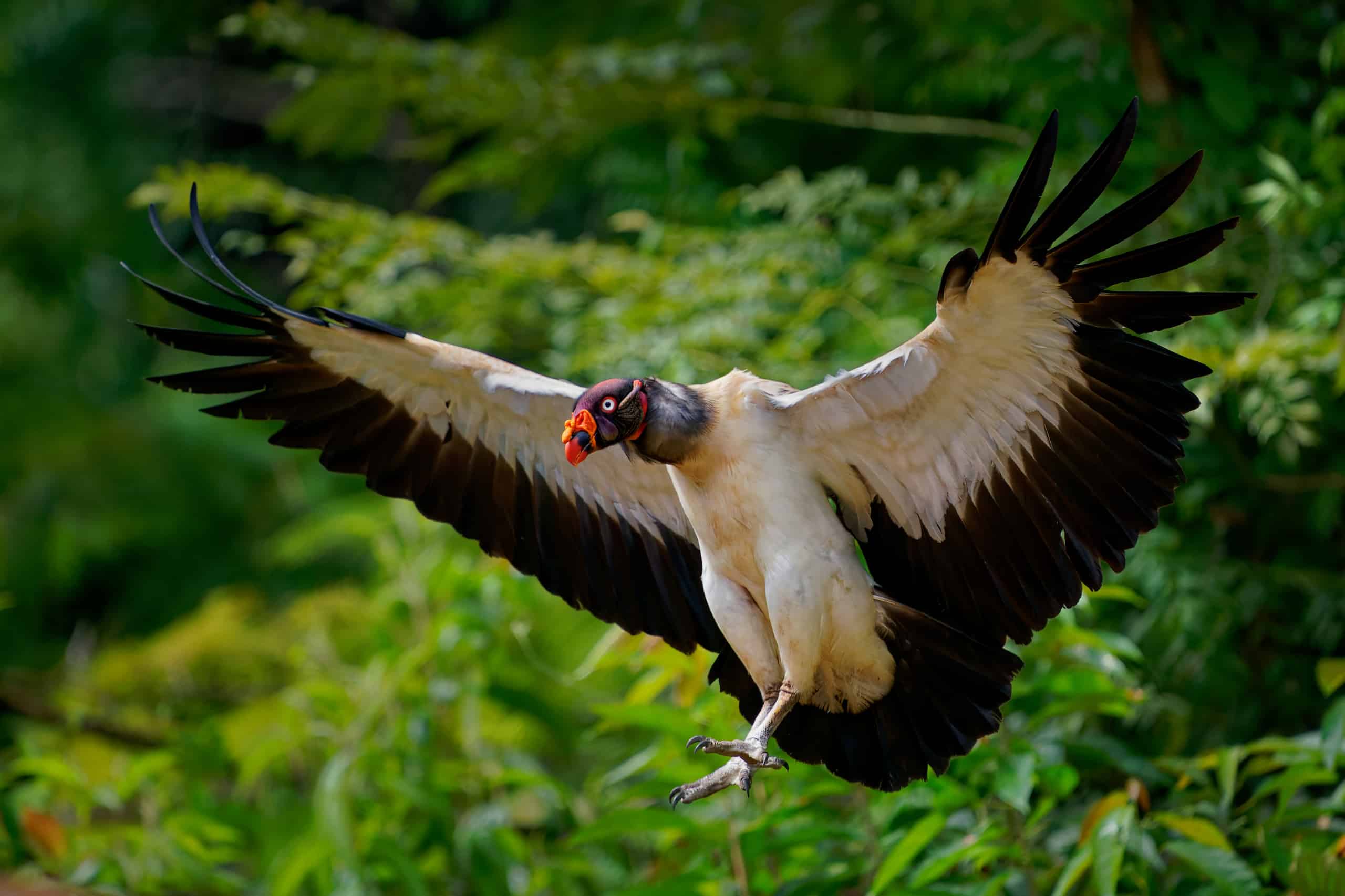




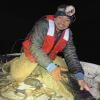

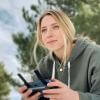




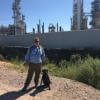




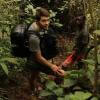




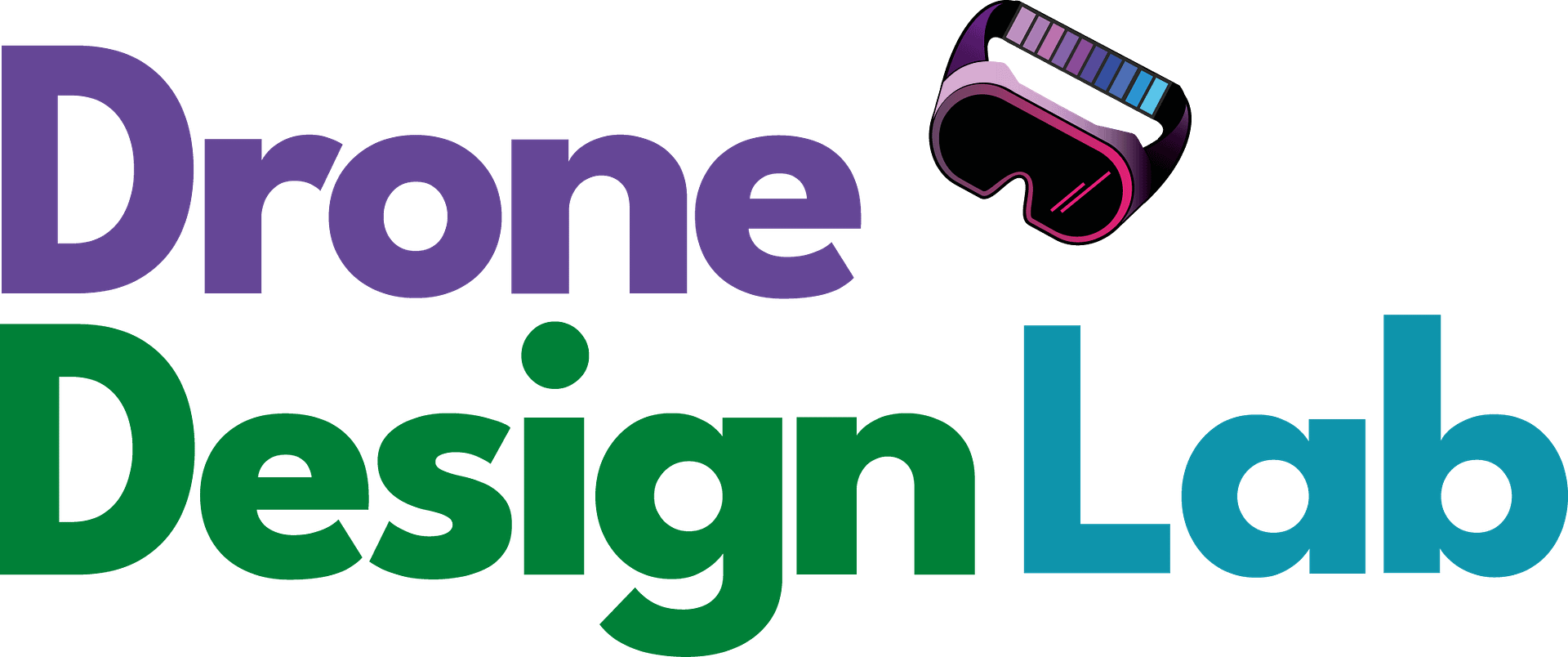





15 December 2023 4:53pm
This is awesome - thanks for sharing Stephanie!! We actually were looking around for a low-cost video camera to augment an MPA monitoring project locally and this looks like a really great option!
Cheers, Liz